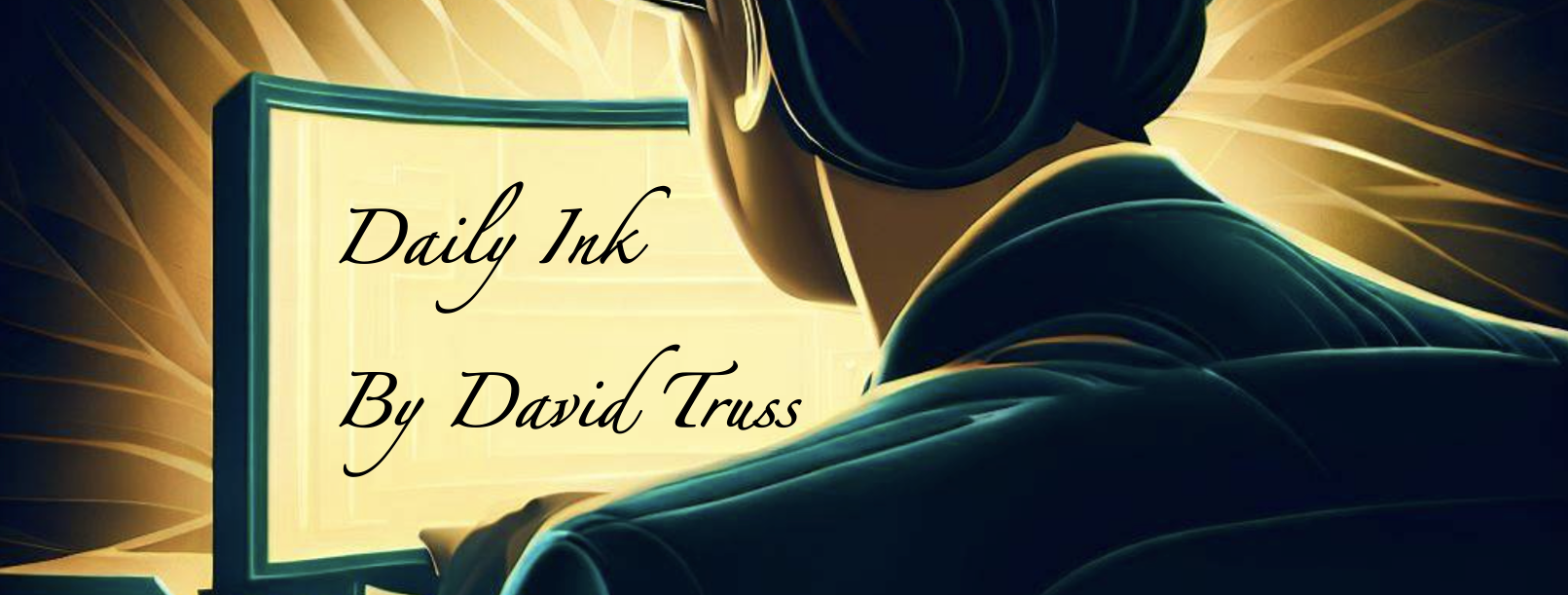I’ve always had a slow pulse. When I was in my last year of high school I was in a pool training for water polo 10 to 12 times a week. When I took my pulse in the morning, it was usually between 32 and 35 beats per second. Now when I take my pulse, usually after my morning meditation, it tends to sit between 49 and 43 beats per minute.
It’s healthy to have a nice slow resting heart rate, but sometimes it can hinder me too. Sometimes, when I’m not active, I can feel tired and lazy. Especially after I eat a big meal. I think it’s because while my body focuses on digestion, my slow pulse doesn’t feed the rest of me enough to keep me going when I’m sedentary. So, I tend to move around a lot after lunch, because I’m not too productive sitting at my desk just after a meal.
I’ve recently been tracking my heart rate with my phone. As I mentioned, the first time is resting, after my meditation, the second time during my workout. The App works by putting my finger over the camera, with the light on. The problem is that I just had to switch phones and this new phone uses a camera that’s farther away from the light than my previous phone, and my measurement during or usually just after activity tends to fail and force a retry. This can happen several times and my heart rate is slowing while I do this.
I shouldn’t let this bug me. I can calculate my pulse without the App, but I like having it track my progress and it bugs me that I can’t get it to work easily. I’m going to have to try a new app, one that works for me, rather than fight me. I like tools to track my progress, that’s why my sticker chart works so well. So I need to find a new tracker, and surrender the fact that I paid for this App… which, while a nominal fee, wasn’t enough to keep my feeling frustrated on a regular basis. Our tools need to work for us, not against us.















